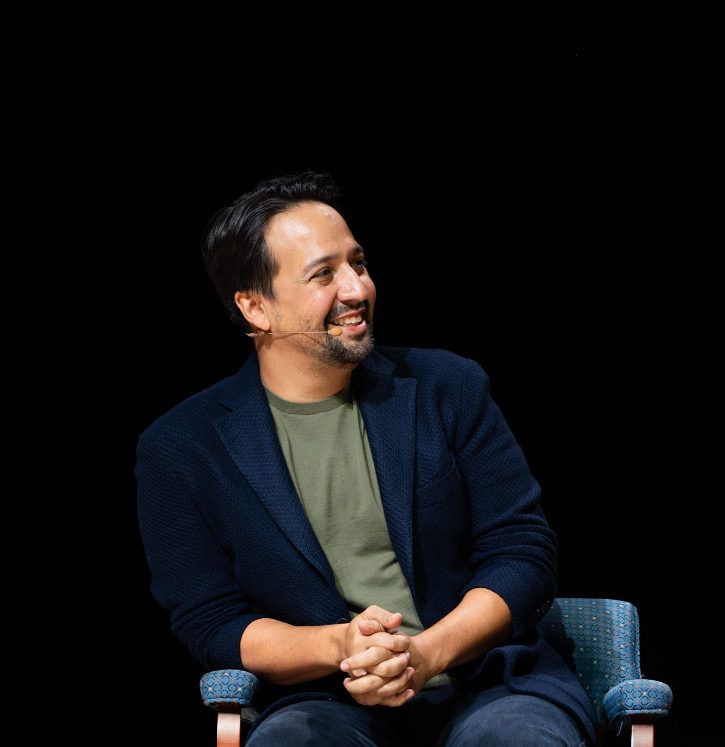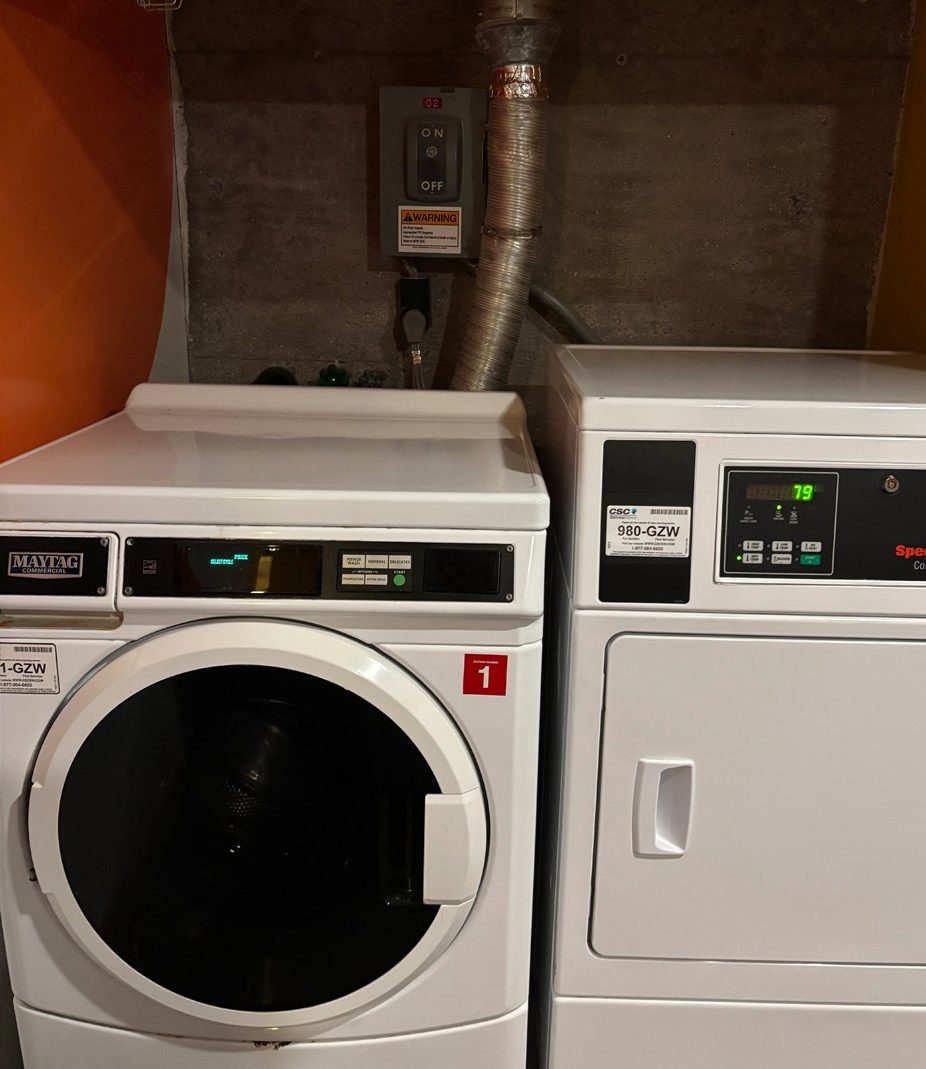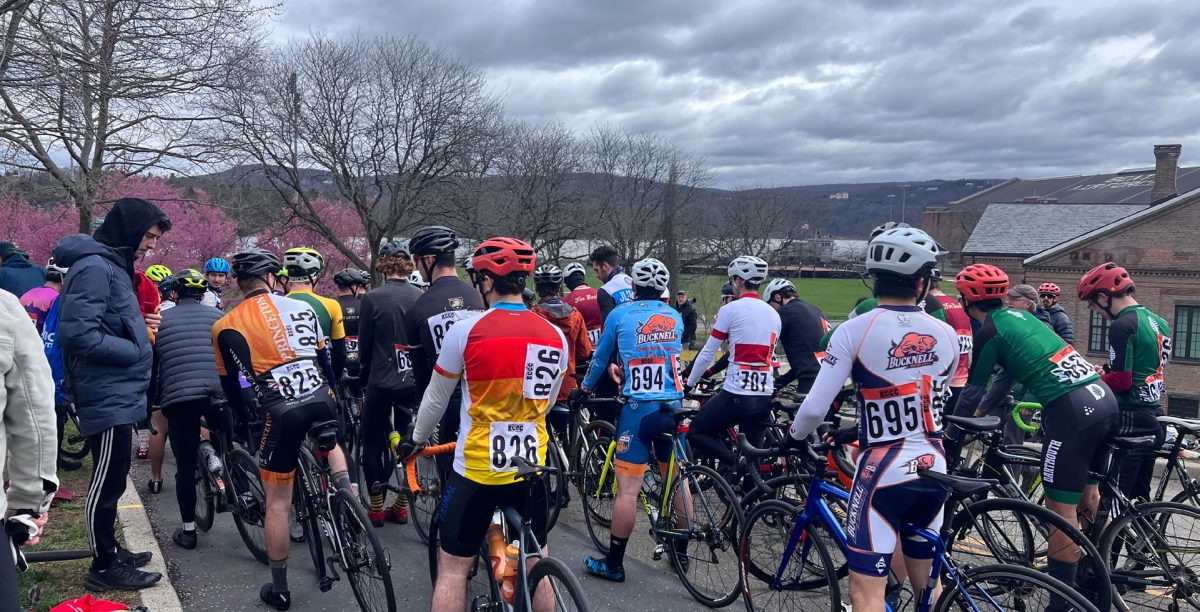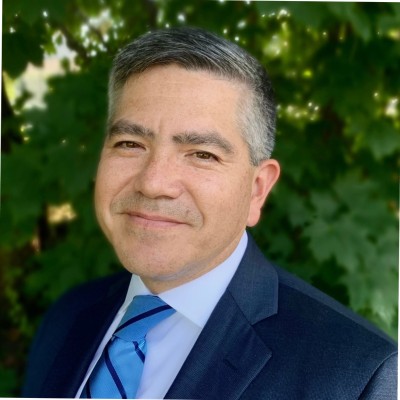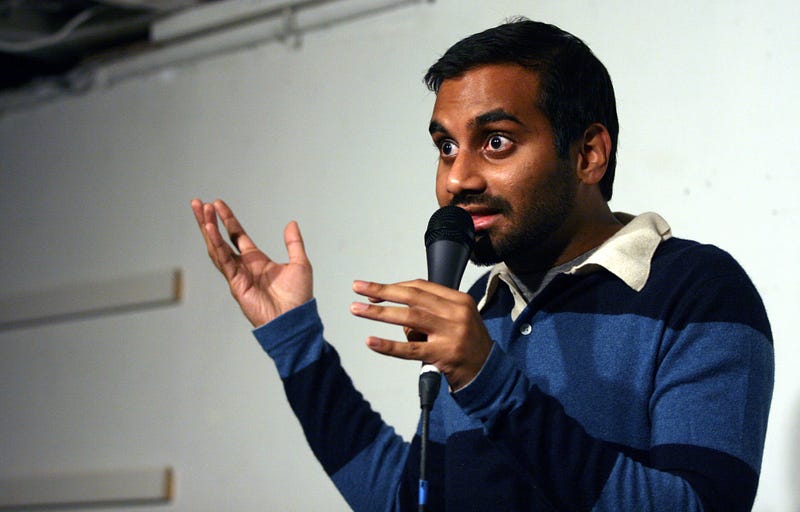
On Jan. 13, the website
babe.net
, a self-described purveyor of “good news reporting, trash trends, personal stories, industry-leading analysis of fuckboys and the pettiest celebrity drama” published a story titled, “I went on a date with Aziz Ansari. It turned into the worst night of my life.” In it, a 23-year-old photographer (called “Grace” in the story, to protect her true identity) alleges that comedian Aziz Ansari — of
Parks and Rec
and
Master of None
fame — made unwanted sexual advances after a date in the fall of 2017. Although Grace does not directly accuse Ansari of sexual assault in the article and says that the sexual acts the two participated in were at least outwardly consensual, the tone of the piece reads as a clear criticism of his actions and behavior that night.
Grace recounts the entire evening in meticulous detail, down to the wine she and Ansari enjoyed at his apartment; “It was white. I didn’t get to choose and I prefer red, but it was white wine.” When describing Ansari’s advances and their limited sexual encounter, the recollection is so graphic that some readers have recommended that the article include a trigger warning. The story concludes with Grace crying in the car ride home from Ansari’s apartment, followed by an innocuous text from him the next day that suggests he had no idea anything was wrong at all.
In the wake of the accusations of sexual assault and harassment against male Hollywood figures like Harvey Weinstein, Kevin Spacey, James Franco, and many others, the #MeToo movement has emerged as a powerful means of both exposing the predatory behavior of powerful men and offering a channel through which women who have experienced assault and harassment can tell their stories.
On the heels of #MeToo, the “Time’s Up” movement was created and unveiled at the Golden Globes on Jan. 7. “Time’s Up” is “a unified call for change from women in entertainment for women everywhere” with the purpose of combating “the systemic inequality and injustice in the workplace that have kept underrepresented groups from reaching their full potential.”
Clearly, the time when men like Weinstein could prey on their female colleagues without repercussions is over. In its place, we are confronted with stark realities that bring issues of equal pay, discrimination, and power imbalances to the forefront of the national discussion. And prior to Jan. 13, the women who came forward with these stories were touted — rightfully so — as brave, strong, and industry shifters. That is where Ansari enters.
In the days following the
babe
article, multiple news outlets, including
The Atlantic
,
The New York Times
, and
CNN
published op-eds — all written by women — that were sharply critical of both the reporting of the Ansari story and “Grace” herself. The issues raised in each critique range from Grace’s lack of initiative, the implications of her “nonverbal cues” of distress, and the dynamics of a young white woman accusing a young man of South Asian descent of sexual misconduct.
The crux of the argument against the
babe
article, however, is that Ansari’s actions, while unflattering, were hardly egregious enough to warrant grouping his name into the ever-growing list of male Hollywood abusers. Furthermore, each writer, directly and indirectly, accuses Grace and the journalist behind the article of harming the #MeToo and “Time’s Up” movements by creating a furor over an incident that lacks the clear malicious intent of earlier stories.
In her piece for
CNN
, Lucia Brawley writes, “It sounds from ‘Grace’s’ words as though they each had different expectations of the date: he, that they would have sex, she, that she might date a celebrity. Her horror appears to have stemmed from disillusionment at their differing agendas.”
In her piece for
The Atlantic
, Caitlin Flanagan writes, “I thought it would take a little longer for the hit squad of privileged young white women to open fire on brown-skinned men. I had assumed that on the basis of intersectionality and all that, they’d stay laser focused on college-educated white men for another few months. But we’re at warp speed now, and the revolution — in many ways so good and so importan — is starting to sweep up all sorts of people into its conflagration: the monstrous, the cruel, and the simply unlucky. Apparently there is a whole country full of young women who don’t know how to call a cab, and who have spent a lot of time picking out pretty outfits for dates they hoped would be nights to remember.”
In her piece for
The New York Times
, Bari Weiss writes, “The single most distressing thing to me about this story is that the only person with any agency in the story seems to be Aziz Ansari. The woman is merely acted upon.”
The response to the original article and the subsequent critiques on social media has been, predictably, polarized. Some say Grace’s experience is a further indictment of how deeply rape culture has pervaded the lives of women, to the point that a simple dinner date carries the expectations of sex afterwards. Others have asked why Grace did not simply say “no” when she felt uncomfortable, thus signaling to Ansari that she did not want to continue hooking up. In turn, others have said Ansari’s status as a high-profile male celebrity created an environment in which Grace did not feel as though she could say “no.”
Unfortunately, many of these conversations online have, also predictably, started earnestly enough, but quickly devolved into ad-hominem attacks and accusations of “not understanding.” One commenter on Weiss’s New York Times piece noted that these arguments appeared less divided by gender than by generation.
Indeed, in their articles, Weiss and Brawley both admit to feeling out-of-touch with the younger generation of women and the evolving sexual norms that exist within that group. Citing the social dynamics of her youth, Weiss opens her article with, “I’m apparently the victim of sexual assault. And if you’re a sexually active woman in the 21st century, chances are that you are, too.”
Clearly, the story of Grace and Ansari has proved more problematic than other stories that have emerged within the canon of #MeToo. Further complicating matters is the comments made by the author of the
babe
piece, Katie Way, who responded to Ashleigh Banfield’s critical remarks on the story by calling the HLN host a “burgundy lipstick, bad highlights, second wave feminist has-been.” In the span of just five days, this story has gone from one of singular narrative to an increasing muddled string of accusations, misrepresentations, and hot takes from all corners of the internet. As Flanagan notes in her piece, the speed at which these stories are now operating can often undermine the purpose of publishing it in the first place.
With this article, I do not seek to weigh in on one side of this discussion over the other. Instead, I want to call attention to two emerging trends within #MeToo that the
babe
article illustrates better than any previous piece.
First, it seems as though these stories are becoming increasingly binary. A celebrity’s name appears on the front page of Twitter with news of the latest accusation and it suddenly becomes time to take sides. Either you believe the accuser or you do not. You are either for #MeToo or you are against it. You are either an ally or an enabler. Men of Hollywood are either exploitative monsters or selfless feminist champions (as Ansari supposedly was before Jan. 13.)
It is understandable. This movement has always been anchored by the atrocities of Weinstein and the bravery of the women who came forward to stop him. As such, it becomes easy to see all ensuing stories within that framework. But as the story of Ansari and Grace has demonstrated, these issues are rarely cut and dry, and encompass larger problems involving communication, expectations, and digital correspondence.
Yes, these stories are part of a larger, undeniably necessary narrative, but each is also the story of individuals in unique scenarios, and we should treat them as such. There are far too many malevolent forces eager to jump at any opportunity to undermine this movement to treat these testimonies as strictly right or wrong, rather than acknowledging the spectrum they exist on.
Second, the issues raised by this story are hardly a condemnation of the #MeToo, as many have suggested. I believe it to be disingenuous to take the first instance of a high-profile accusation without a clear consensus on the accuser or the accused as evidence of a failing movement. #MeToo is revolutionary precisely because it has waded into the muddied, dangerous waters that have been left unaddressed for too long. But it is unreasonable to expect everything to go smoothly once these waters have been entered. As any wide-eyed sixth-grade student of sex-ed will tell you, these issues can be uncomfortable, complex, and downright intimidating.
Anyone who expected a critical examination of America’s relationship with sexual abuse to be smooth sailing probably did not have much familiarity with these issues in the first place.
In many ways, Grace’s story is a litmus test for the #MeToo movement. Are we willing to lean-in when challenges arise, rather than shying away from deviations from the popular narratives that have emerged?
Can we debate these issues openly, allowing constructive and respectful voices to be heard even if they do not agree completely with any individual viewpoint?
Will we earnestly be able to continue the fight against abuse, assault, and harassment without succumbing to in-fighting and absolutism when faced with problems lacking a clear answer?
In order to achieve the goals set forth by this movement and the women behind it, the answer must be yes.






